The Ministry of Health has officially inaugurated Türkiye’s first skin bank and tissue laboratory in Adana City Training and Research Hospital in Adana, southern Türkiye.
Designed to significantly advance the treatment of severe burn injuries, the center is expected to provide life-saving support for patients through both emergency skin grafting and regenerative tissue engineering.
The facility, a first in Türkiye, joins a small group of similar centers found only in select countries such as the U.S., China, Singapore, Israel and certain European nations. The establishment of the center is considered strategically important, particularly in scenarios involving war, disasters and mass-casualty incidents.
At the heart of the center’s operations is the storage and use of donated human skin, which is processed under sterile conditions and preserved for periods ranging from two to five years. In emergency situations involving patients with extensive burns, this stored skin can be used as a temporary graft, stabilizing the patient and buying critical time for long-term treatment.
Dr. Koray Daş, head of the burn center at Adana City Training and Research Hospital, emphasized the facility’s life-saving potential.
“In severe burn cases, patients often lose large areas of skin, which drastically reduces their chances of survival. The immediate availability of stored skin allows us to act quickly, giving these patients a second chance at life,” he said.
In addition to providing temporary grafts, the center features an integrated tissue laboratory, where new skin can be grown using the patient’s own cells. This laboratory enables clinicians to generate personalized grafts during the one- to two-month period in which the temporary skin remains viable. The goal is to eventually replace the temporary graft with skin that is biologically compatible with the patient.
“The time we gain through temporary skin grafting is vital,” said Daş.
“It gives us the window we need to culture new tissue and cover open wounds, significantly improving survival rates even for patients with burns over 80%-90% of their bodies.”
Donated skin is acquired from two primary sources: excess skin from aesthetic procedures and skin donated during organ donation, if explicitly consented. Once received, the skin undergoes a series of tests to determine its suitability and is processed according to international medical standards.
Importantly, only a thin layer of the skin is harvested, which does not result in any disfigurement to the donor.
“The harvested skin is used without altering the body’s appearance. Unlike organs that require immediate transplantation, skin can be preserved for up to five years, making it invaluable in times of crisis,” Daş explained.
Beyond clinical applications, the facility will also serve as a center for scientific research and innovation, contributing to tissue engineering and regenerative medicine in Türkiye. Authorities note that the creation of strategic skin reserves will enhance national readiness for emergencies and reflect Türkiye’s growing capabilities in high-standard health care delivery.
With this development, Türkiye not only strengthens its burn treatment infrastructure but also takes a critical step toward building medical resilience in the face of future disasters, pandemics or wartime injuries.

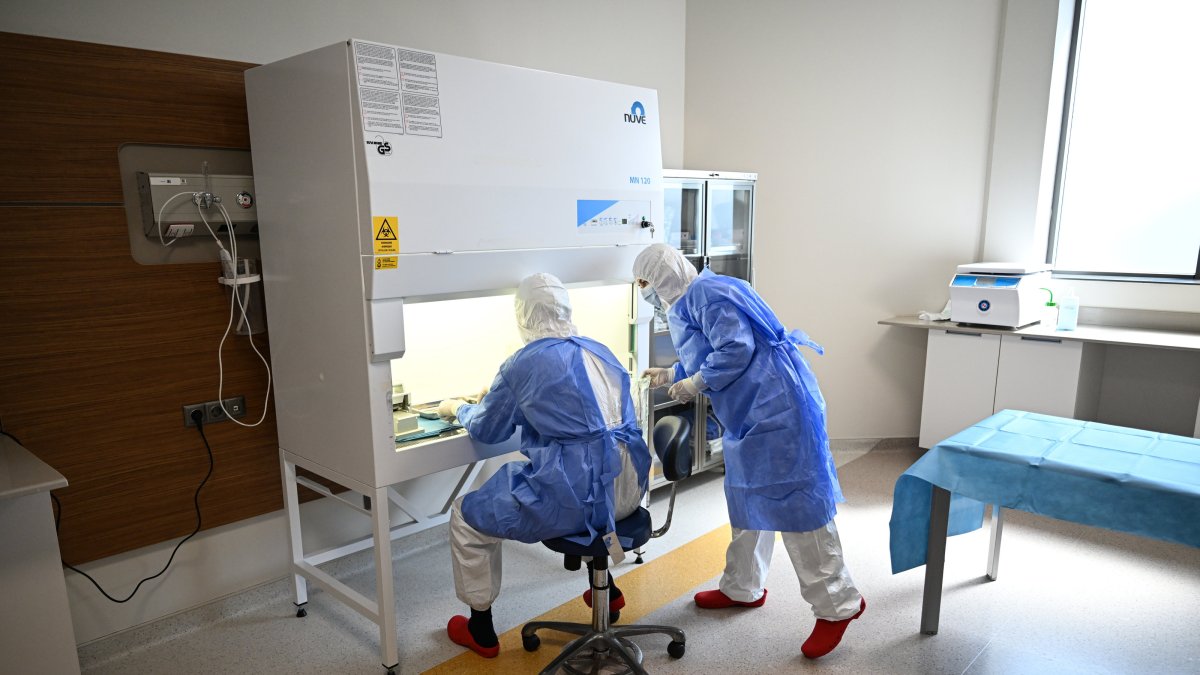



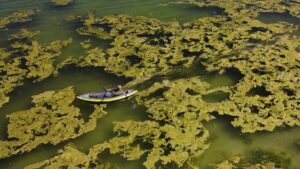

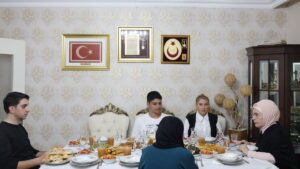

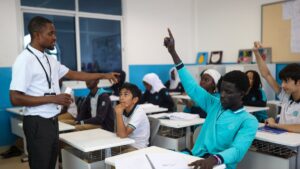
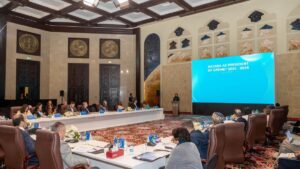
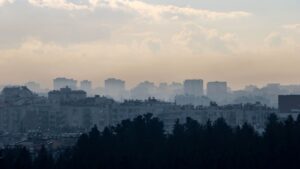
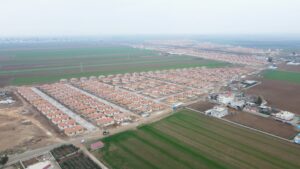

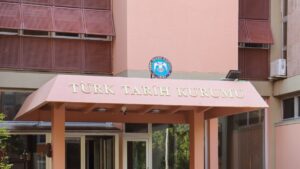
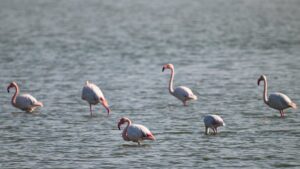
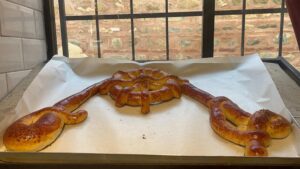

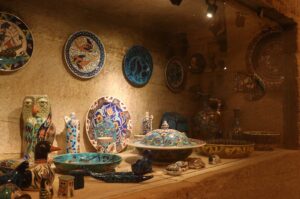
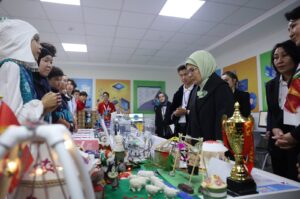
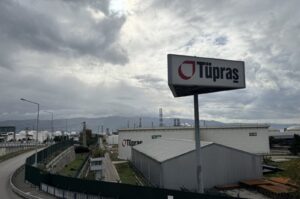
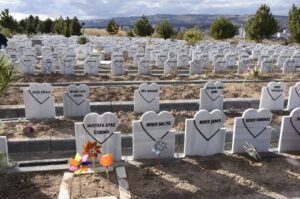
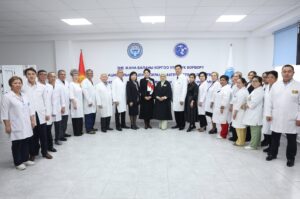


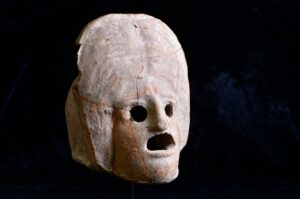
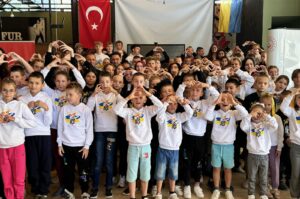
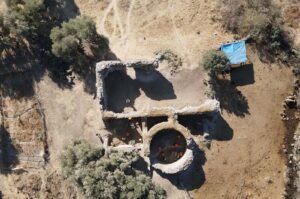
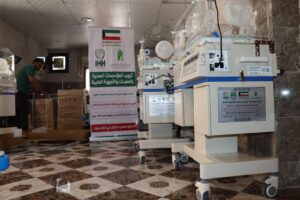
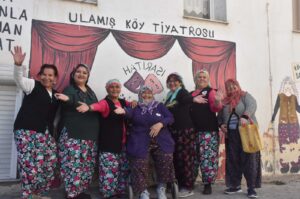
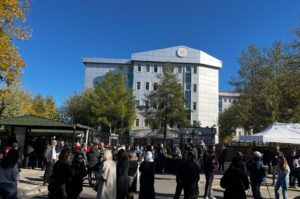
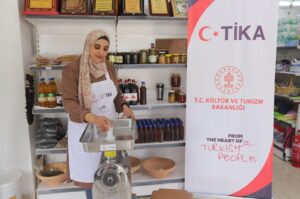
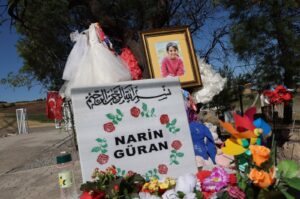
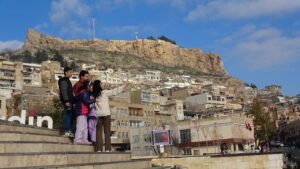
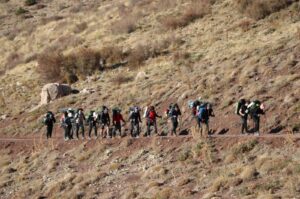
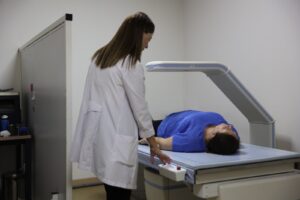
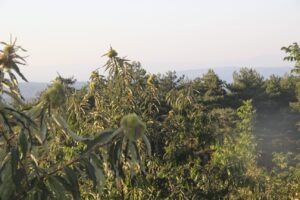
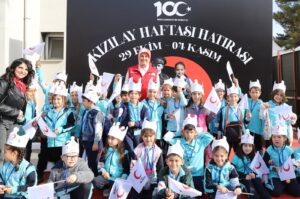
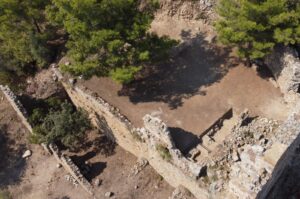
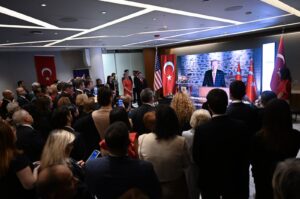
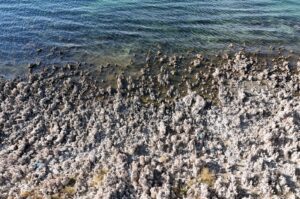



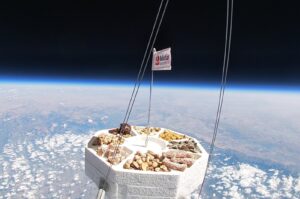
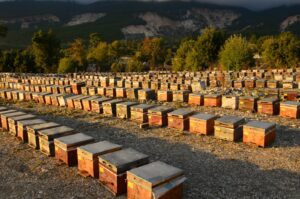
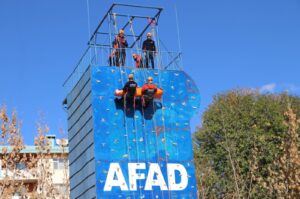
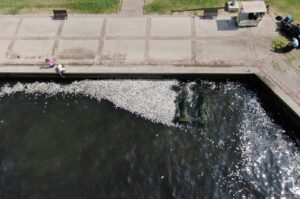



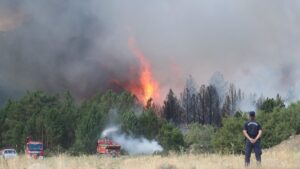
Be First to Comment